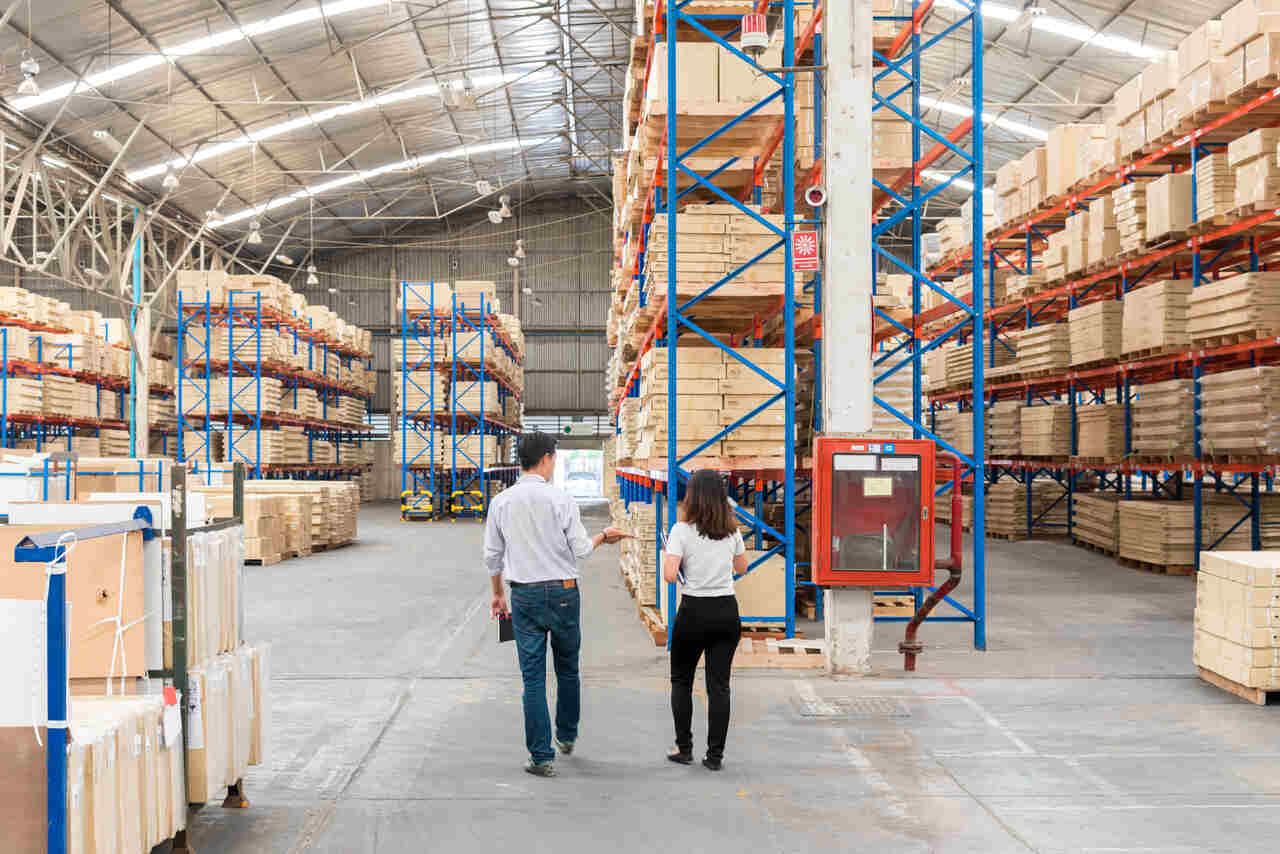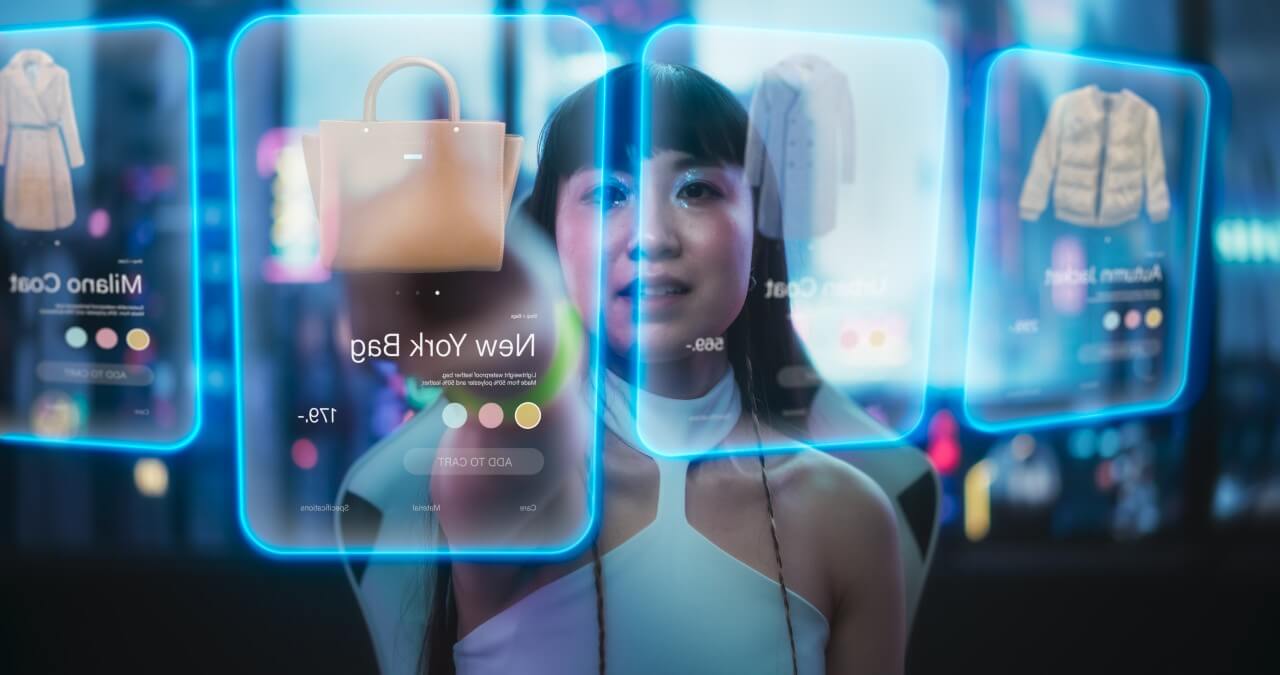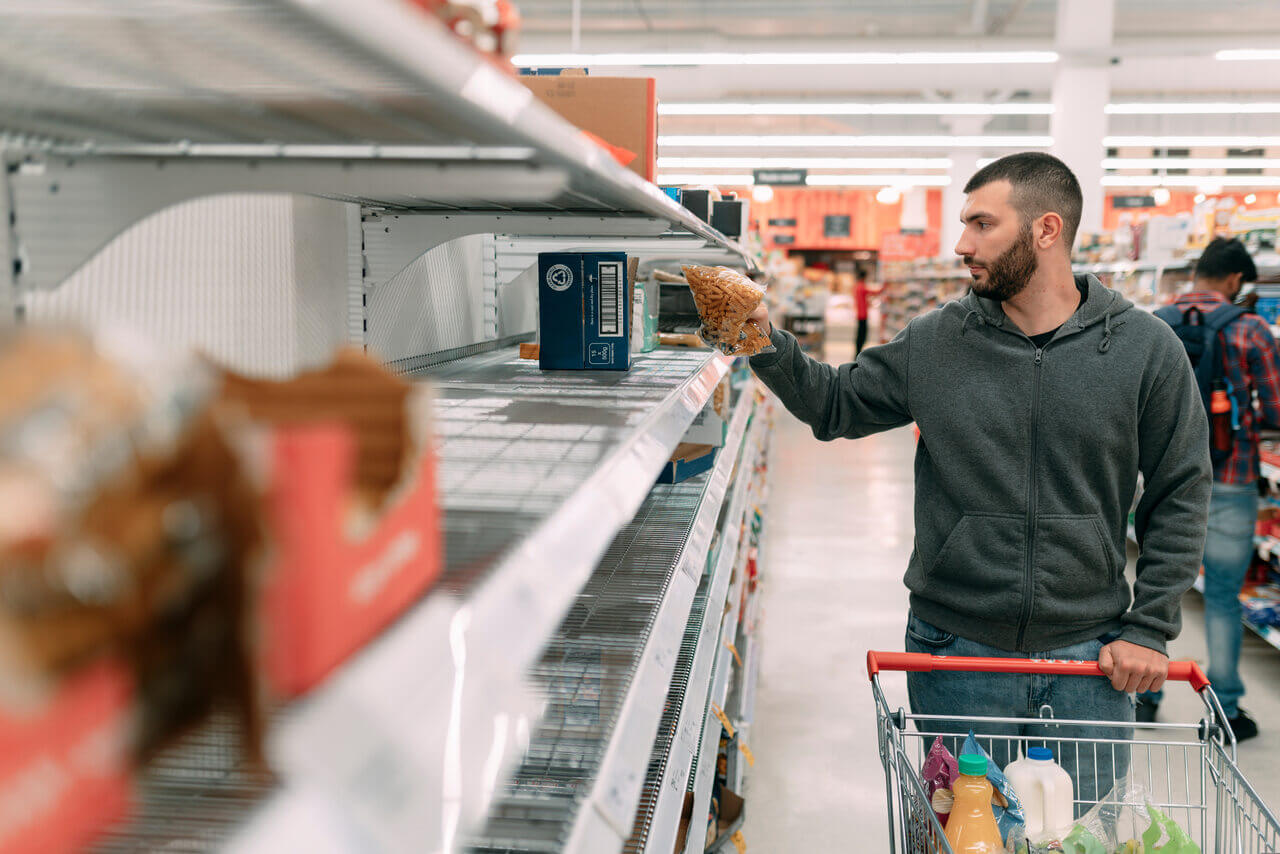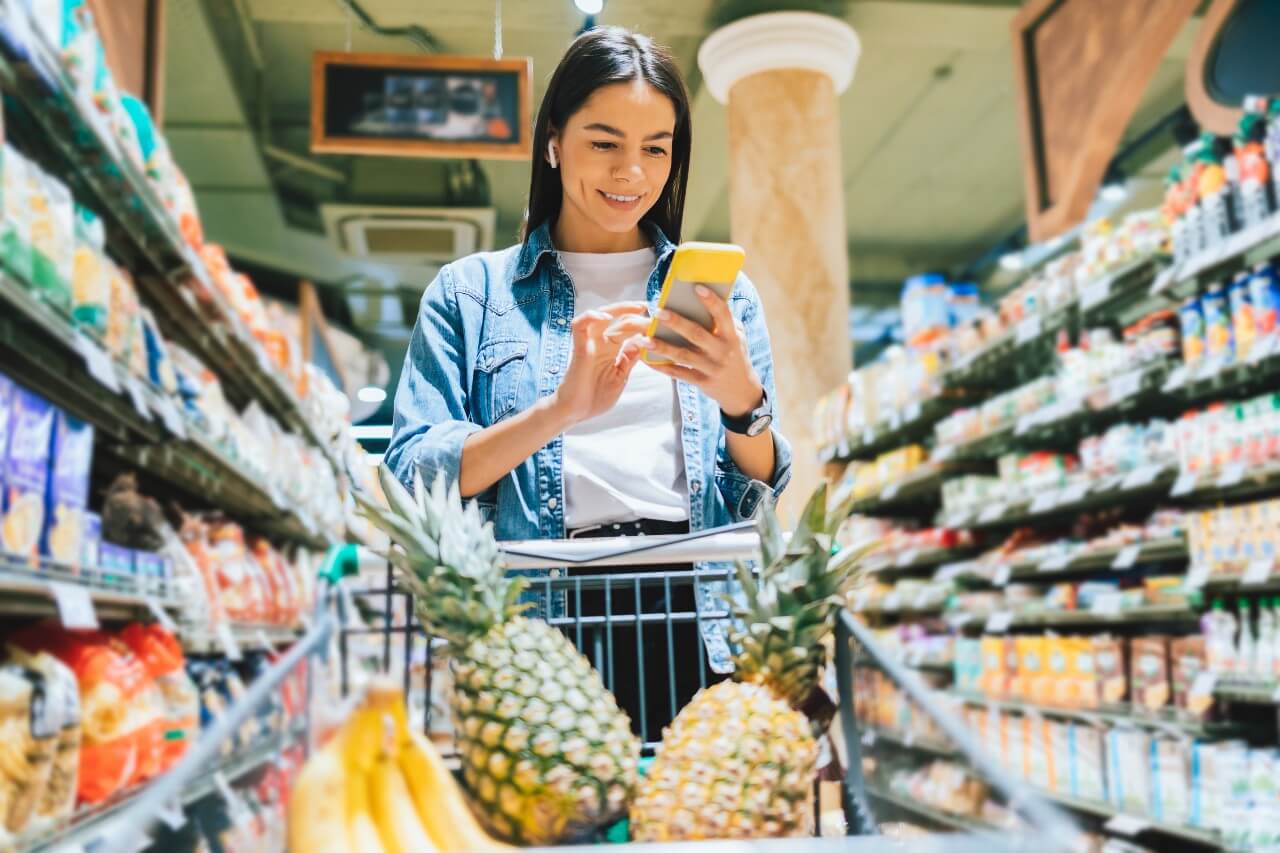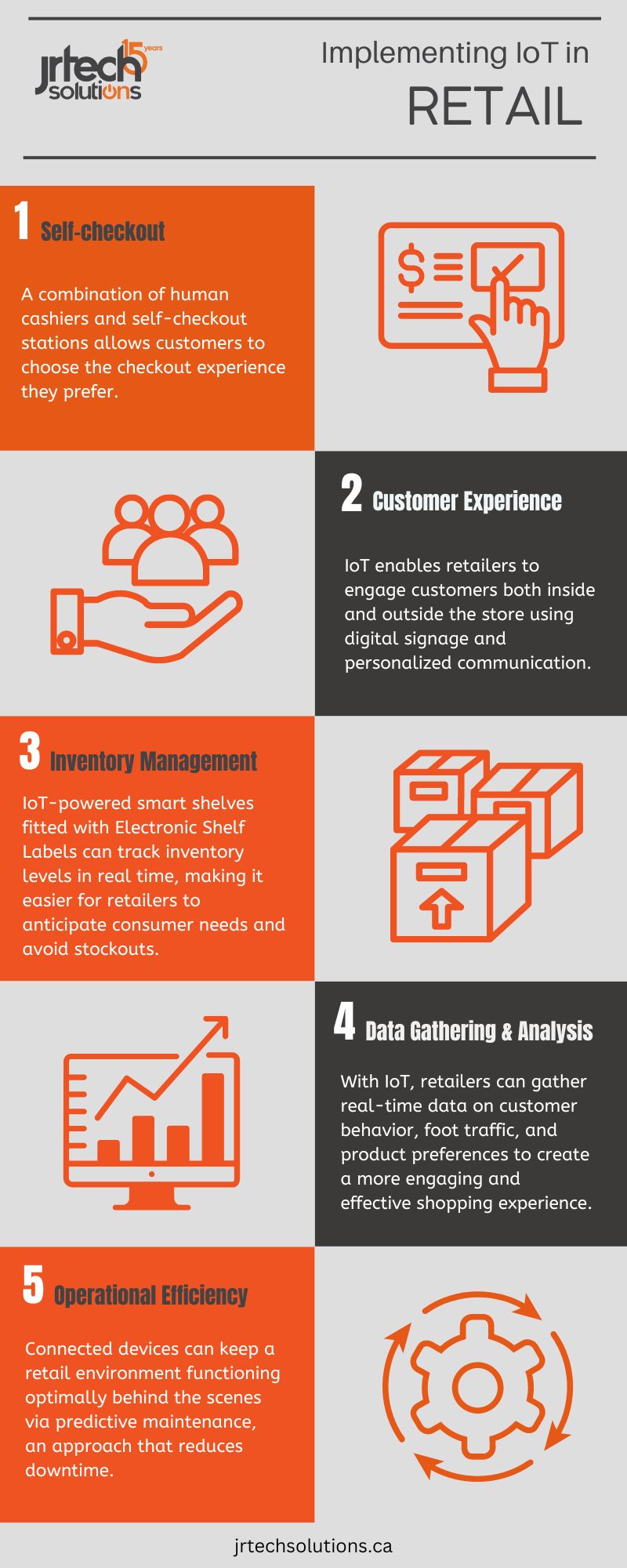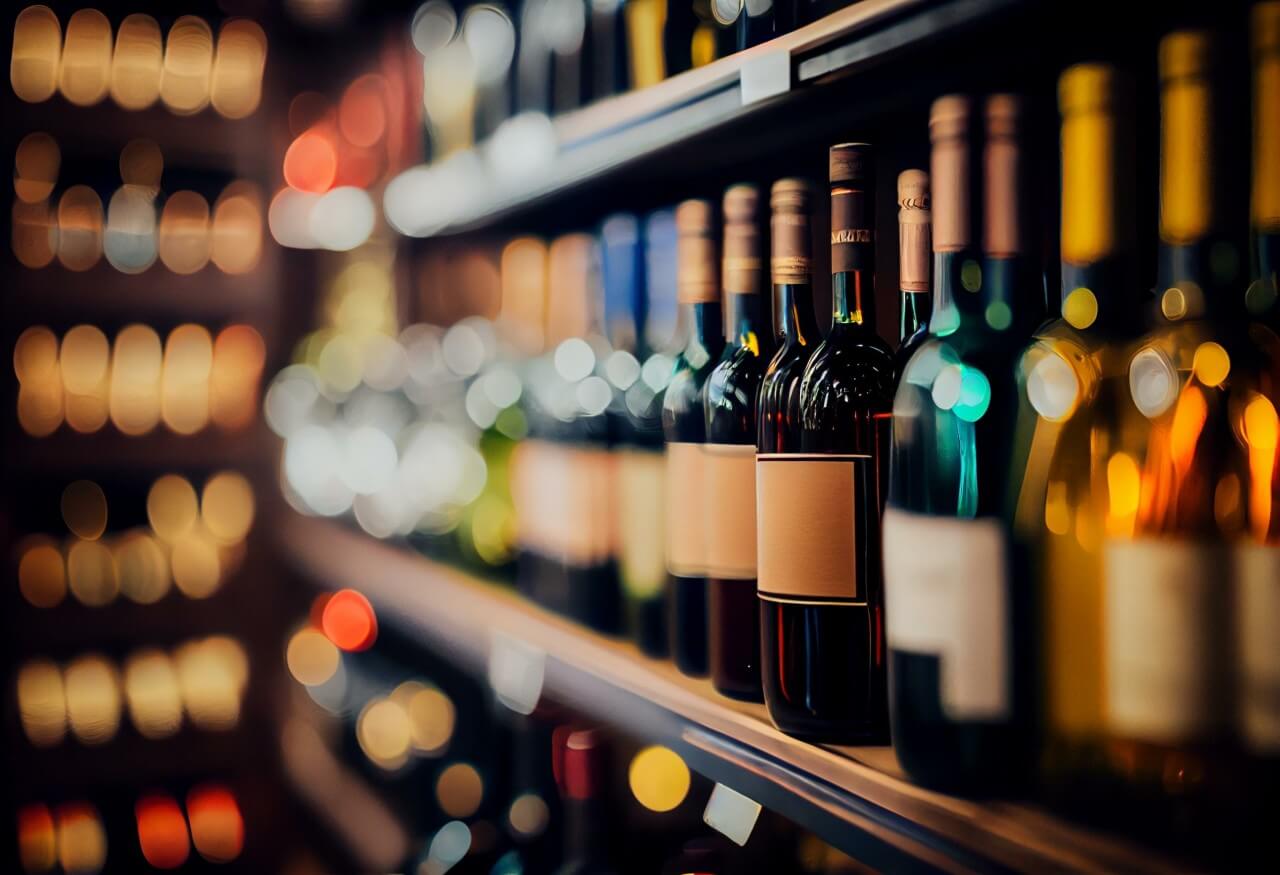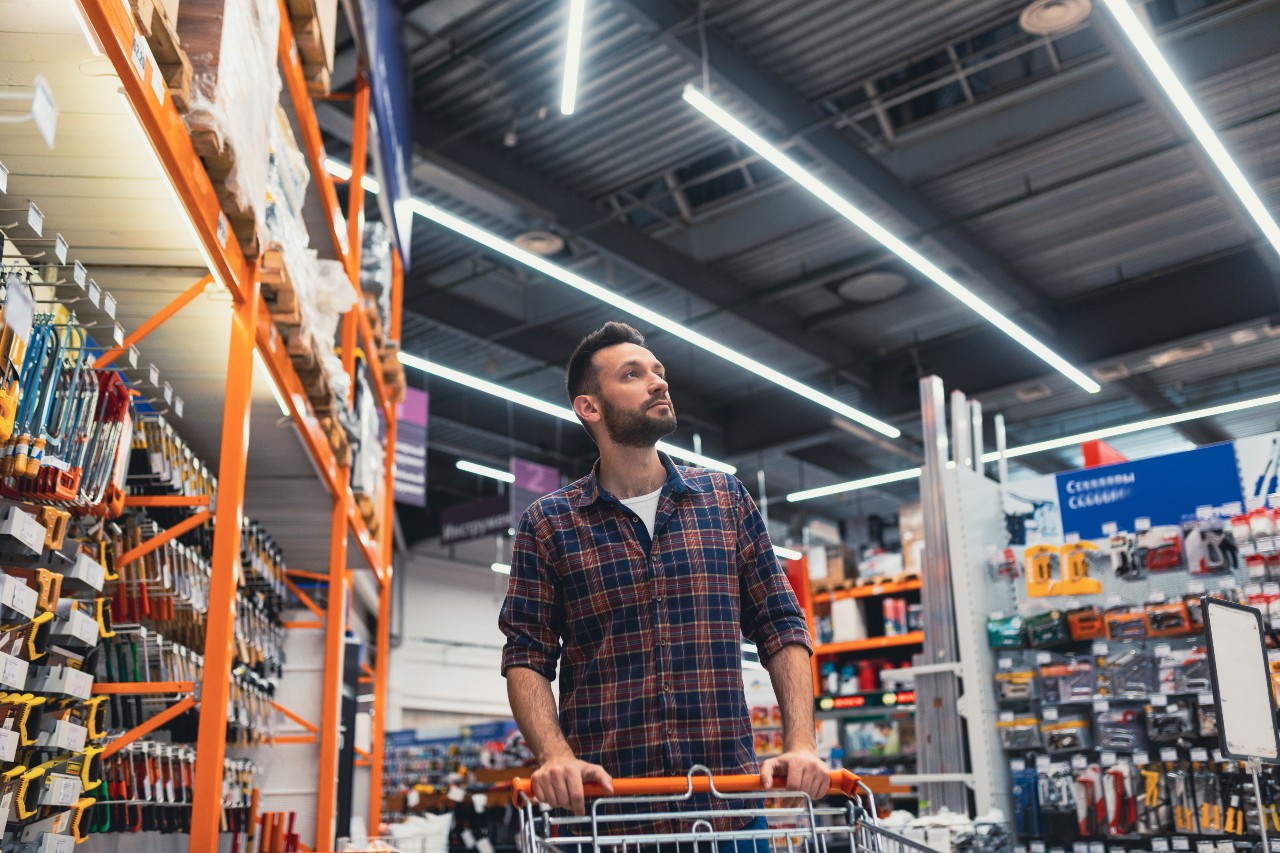There are many types of customers in retail, each with their own unique Persona. Understanding the customer’s viewpoint is crucial in any sales situation, but you can go even further by understanding their individual goals and identifying broader behavior tendencies.
Let’s take a look at the types of retail customers in more detail, so you can cater to their precise expectations and needs, and make your retail business thrive!
Retail customer types: before the purchase
Customers who haven’t bought anything yet are often described as being at the ‘awareness’ stage of the marketing funnel. They could become valuable customers, but first you need to encourage them to make a purchase, according to their specific purchasing behaviors.
There are 10 main types of retail customers that fall into this category.
1. Lookers and unsure customers
Lookers are customers who are just curious. They don’t have a specific purchase in mind and are just browsing around.
What To Do: Whether you run an ecommerce or a brick-and-mortar store, excellent customer service will have a huge impact. Consider installing a chatbot or live chat option on your website. Do everything you can to make your virtual and physical stores appealing and user-friendly, and encourage customer engagement. You can offer assistance or recommendations, without being overly intrusive, and let these potential buyers navigate products at their own pace.
2. Discount customers (bargain hunters)
Discount customers, or bargain hunters, are on the hunt for special offers and discounts. If your products are not on sale, they probably won’t visit your store, in-person or online. They are more focused on price than on the product or the brand.
What To Do: Despite their focus on price, discount shoppers contribute to inventory turnover and tend to shop frequently. Showcase the value you offer, even if your discount isn’t quite as deep as that of your competition. Display promotions on digital signs and use Electronic Shelf Labels to color-code special offers and make it easy for these customers to identify special discounts and deals. If you entice them further with a loyalty program and excellent customer support, or use customer segmentation tools to really hone your offer, bargain hunters can turn into loyal customers.
3. Researchers
Researchers have a clear understanding of their needs and have diligently done their research to compare your brand with competitors. They are not easily swayed by attractive websites or substantial discounts; their focus lies more on benefits and value.
What To Do: Researchers base their decisions on value, price, and product quality. Incorporate social proof, such as testimonials or reviews, to draw them in, and use digital tools to communicate relevant information in-store.
4. Impulse customers
An impulse customer relies on their emotions when making a purchase. They spot a product, it makes them feel good, happy, or excited, and they decide to buy it.
These customers are often open to upselling, especially if you enhance the positive feelings associated with their purchase.
What To Do: Provide a unique or exciting experience to encourage impulse buyers to make purchases. Advertise your promotions and special events clearly, and add atmosphere and interactivity to your store with digital signage. Simplify the checkout process so it is fast and easy both for online and in-store transactions, so they can complete their purchases seamlessly.
5. Unsure customers (indecisive)
These are customers who aren’t sure if they want to purchase or what exactly to buy. Often, they either don’t have enough information or have too much, leading them to feel overwhelmed. Indecisive customers can consume valuable time that could be better put toward nurturing paying customers or engaging in other business-boosting activities.
What To Do: Unsure customers usually hesitate due to a lack of confidence rather than an unwillingness to make a purchase. Engage them in conversation to find out what they need, what their budget is, and how they intend to use the product. Narrow down their choices to two options if possible, then confidently guide them toward a purchase. Remember, each indecisive customer represents an opportunity for a sale, so stay cheerful and avoid displaying frustration.
6. Looking-to-switch customers
These customers are actively seeking to switch brands. Their favourite brand may no longer be available, or they may be dissatisfied with prices or service quality. Looking-to-switch customers present a valuable opportunity to expand your customer base and increase revenues by positioning yourself as an attractive alternative to the brand(s) they know.
What To Do: Research your competitors and do a SWOT analysis to identify their strengths and weaknesses, then find out what your customers want. Focus on communicating that your brand offers what competitors lack, and present your product or service as the solution to their problems. Offer a unique solution that sets you apart from the competition, such as a better shipping option. By strategically addressing the needs and concerns of customers looking to switch, you could attract and retain their business.
7. Need-based customers
Need-based customers actively search for a solution to a specific need or pain point. They know what they require and are on a quest to find it. Their needs are often recurring, and by successfully addressing their pain points, you could become their go-to source for the product or service they want.
What To Do: Train salespeople in physical stores and customer support teams in e-commerce businesses to identify and cater to this customer type. Make sure your mobile and e-commerce checkout processes are smooth and secure, and do everything you can to prevent stock-outs.
8. Wandering customers
Wandering customers explore malls or spend time online without a specific purchase in mind. They might enter a physical or online store without a clear intention to buy, just for the fun of exploring and having a unique experience.
What To Do: You can attract wandering customers by putting friendliness at the forefront, both online and in-store. Offer unique experiences such as product sampling. Avoid being intrusive while they’re browsing in-store, as they are probably enjoying the experience and don’t want to feel rushed or pressured.
9. Chatty customers
Chatty customers crave the social aspect of shopping, and may take quite a bit of time to talk and tell stories. They can show enthusiasm, but may not necessarily make a purchase.
What To Do: Chatty customers are not necessarily bad, but they can be a distraction. Be friendly but firm: if you see another customer who needs attention or could benefit from your involvement, excuse yourself politely and move away. Just remember to remain courteous to avoid negative customer service reviews. You can also learn to manage an overly talkative person in ways that won’t backfire.
10. Showroomer
Showroomers are people who may try on clothing or handle products in person, but intend to purchase them online if they can find a better price. You can spot them using their mobile phones to scan products, and scrolling through price comparison apps as they browse.
What To Do: If possible, try to match your competitors’ prices so the showroomer won’t find a better offer online. Try to convince showroomers that the value of your product is greater than the online option. Remind them they can take their purchase home immediately, with no shipping costs or risk of damage, and they know exactly what they are getting.
Types of retail customers: after the purchase
Customers who have made a purchase have a lot of potential. They’ve made it through the ‘consideration’ and ‘conversion’ stages of the funnel, so now is your chance to convince these purchasers to become loyal!
Let’s take a look at 4 types of customers who have already made a purchase, and see how to respond to the very different ways in which they might respond.
1. New customers
Recent customers have just made their first purchase from your physical or online store. At this stage, they haven’t developed loyalty and are merely testing the waters to see if they like buying from you.
What To Do: New customers generally seek guidance and support. Ensure that your customer support team is responsive and helpful. Clearly communicate your return policies to avoid confusion. Make concerted efforts to show appreciation, as making a good impression can turn a new customer into a loyal one.
2. Active customers
An active customer currently uses your products or services, but hasn’t yet developed complete brand loyalty. They choose your offerings for convenience, but could switch to a competitor if presented with a more appealing option.
What To Do: Provide robust support and foster ongoing engagement through excellent customer service. Direct your efforts toward assisting active customers throughout their buyer’s journey with the goal of establishing your brand as the answer to their needs.
3. Referral customers
Referral customers are directed to your store through recommendations from one or more of your loyal customers. They may not be familiar with your brand and offerings, and are often cautious. They can have high expectations and require careful handling.
What To Do: Similar to new and unsure customers, referral customers benefit from guidance before making a purchase. Offering support and assistance can improve their understanding and confidence in your products or services. You can use digital signage to display products and promotions in an attractive, minimally invasive manner.
4. Unhappy customers
You usually find yourself dealing with unhappy customers when something has gone wrong. However, there are many possible reasons a customer can become unhappy, and sooner or later, you will find yourself having to deal with angry customers, bullies, complainers, impatient customers, customers who claim to know everything, customers who are hard to please, and lapsed and at-risk customers.
What To Do: First, remember that the customer’s dissatisfaction is not a personal attack. Take a breath, take a distance, and try to stay calm. Listen to their issue, and if possible, guide them to a solution. Be courteous and respectful, and try to see the issue from their point of view. If you can offer some level of solution, they may calm down. If they insist on ranting or hurling insults, you are well within your rights to ask them to leave your store or to call for assistance from security. Dealing with angry reviews online also requires specific strategies, which every retailer should be familiar with in this digital age.
High-value retail customers
The best customers in retail are loyal shoppers who may even take the initiative to put in a good word for your brand on their own time. It’s tempting to sit back and relax around this type of customer, but this is not necessarily the right approach for long-term success. Here are a few ways to encourage and retain the most high-value types of customers.
1. The customer on a mission
Customers on a mission have a clear goal in mind. They know what they want to buy from you, and intend to get out of your store with their product as quickly as possible as they have other things to do.
What To Do: Make the purchasing process quick and easy and focus on a seamless user experience both online and in-store. If everything is set up correctly, this customer will almost take care of themselves. All you need to do is behave courteously and thank them for their business.
2. Loyal customers (regular customers)
Loyal or regular customers are already happy to shop from you, so you don’t have to work hard to make a sale. Statistics agree that it is more than twice as easy to sell to a loyal customer than to a new one, making them a great source of revenue.
What To Do: The best way to retain loyal customers is by keeping them consistently satisfied. Remind them of your commitment and your values. At JRTech, for example, we are committed to sustainability: our Electronic Shelf Labels are eco-friendly and help grocery stores minimize waste by managing near-expired inventory more efficiently. To date, our retailers have eliminated the use of over 440 million disposable paper price tags by using our digital tags, saving an average of 1,375 trees and reducing their CO2 footprint by over 63.8 tons.
Loyal customers benefit from personalized offers and unique customer experiences. Offer exclusive perks and rewards. You can also use customer segmentation tools to target loyal customers with personalized marketing messages.
3. Lifetime Customers
Lifetime customers are loyal customers who are committed one notch further: they are devoted to your brand not just for now, but for the long run. When measuring Customer Lifetime Value (CLV), these customers rank high, but this doesn’t mean you can just assume they will remain loyal without your making an effort.
What To Do: Never allow a customer, even a lifetime one, to feel neglected or unappreciated. Stay engaged! Encourage their involvement in your community and referral program if applicable. Request them to refer your brand to others and express your gratitude by rewarding them for successful referrals. Consistently deliver value to these customers, coupled with personalized experiences and recognition, to maintain and enhance their loyalty over time.
Long-term benefits like recycling or returns programs can really add value for these buyers. For example, JRTech Solutions has implemented an eco-recycling program where we collect and reuse end-of-life labels, further reducing their carbon footprint. Our customers really appreciate our initiative!
4. Referring Customers
Referring customers are not only devoted fans of your brand but also go the extra mile to recommend your products or services to others. They exhibit loyalty and share positive sentiments about your brand with their friends and family.
What To Do: Once you receive a five-star rating or a positive review, approach these satisfied customers and ask if they would be willing to refer your brand to others. To streamline and monitor referrals, set up a referral program. You can also offer incentives and rewards to the customers who have been referred. This approach helps create a symbiotic relationship that encourages ongoing referrals and fosters brand advocacy.
5. Advocate Customers
Advocate customers represent a unique blend of loyalty, lifetime commitment, and referring behavior. These customers willingly share positive sentiments about your brand, essentially engaging in free marketing on your behalf. This segment stands out as the most valuable within your loyal customer base.
What To Do: you won’t need to exert much effort to convince these customers to refer others to your brand. However, given that advocate customers are a prized segment, it’s crucial to ensure they feel appreciated and well-cared for. To retain their loyalty, consistently demonstrate gratitude for their advocacy.
Prioritize advocate customers when they reach out to your customer support team, providing them with exceptional service. Engage them through personalized messages and advertisements, and offer additional perks as part of a rewards or loyalty program. This proactive approach not only reinforces their loyalty but also enhances their overall experience with your brand.A
JRTech offers essential digital tools for in-store retail operations
Now that you are aware of the 19 types of retail customers, you can adjust your in-store environment accordingly, for optimal sales and success.
JRTech is the leading provider of Electronic Shelf Labels and digital signage in North America. Our digital solutions enable retailers to effectively manage inventory, communicate efficiently both in-store and behind the scenes, and provide the best possible customer service through clear labeling and rapid and efficient information updates to prices and promotions.
Contact us to learn how this technology can help you meet the needs of all types of retail customers, today.


